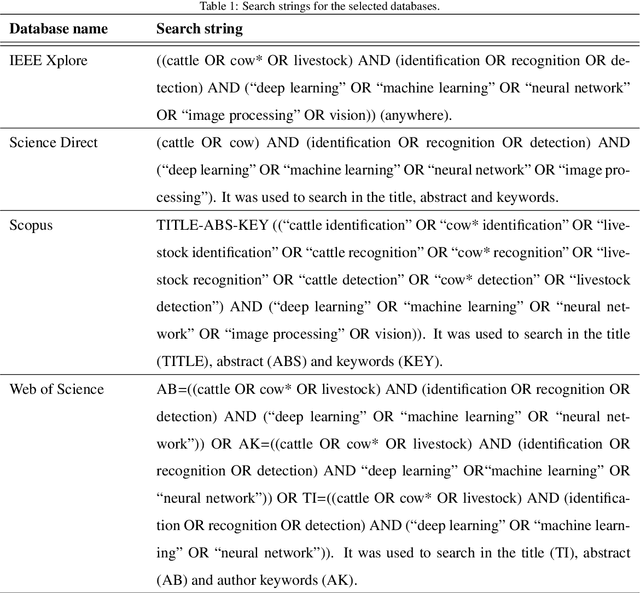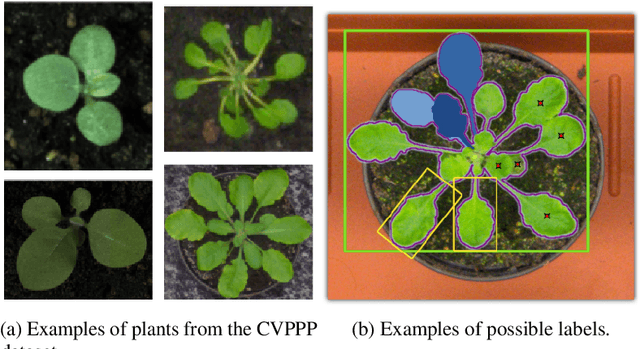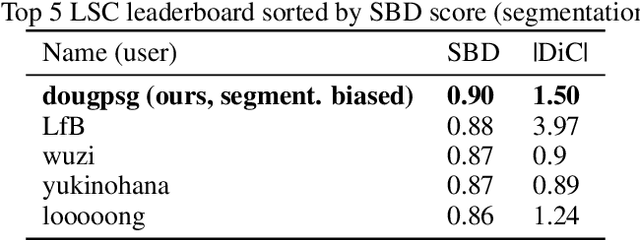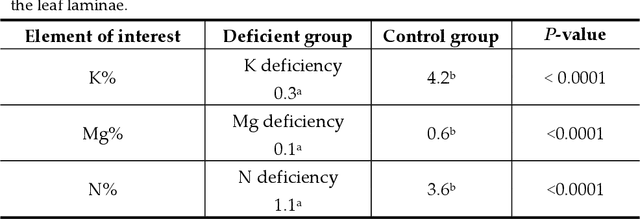Lihong Zheng
HOTA: Hierarchical Overlap-Tiling Aggregation for Large-Area 3D Flood Mapping
Jul 10, 2025Abstract:Floods are among the most frequent natural hazards and cause significant social and economic damage. Timely, large-scale information on flood extent and depth is essential for disaster response; however, existing products often trade spatial detail for coverage or ignore flood depth altogether. To bridge this gap, this work presents HOTA: Hierarchical Overlap-Tiling Aggregation, a plug-and-play, multi-scale inference strategy. When combined with SegFormer and a dual-constraint depth estimation module, this approach forms a complete 3D flood-mapping pipeline. HOTA applies overlapping tiles of different sizes to multispectral Sentinel-2 images only during inference, enabling the SegFormer model to capture both local features and kilometre-scale inundation without changing the network weights or retraining. The subsequent depth module is based on a digital elevation model (DEM) differencing method, which refines the 2D mask and estimates flood depth by enforcing (i) zero depth along the flood boundary and (ii) near-constant flood volume with respect to the DEM. A case study on the March 2021 Kempsey (Australia) flood shows that HOTA, when coupled with SegFormer, improves IoU from 73\% (U-Net baseline) to 84\%. The resulting 3D surface achieves a mean absolute boundary error of less than 0.5 m. These results demonstrate that HOTA can produce accurate, large-area 3D flood maps suitable for rapid disaster response.
MHAFF: Multi-Head Attention Feature Fusion of CNN and Transformer for Cattle Identification
Jan 09, 2025



Abstract:Convolutional Neural Networks (CNNs) have drawn researchers' attention to identifying cattle using muzzle images. However, CNNs often fail to capture long-range dependencies within the complex patterns of the muzzle. The transformers handle these challenges. This inspired us to fuse the strengths of CNNs and transformers in muzzle-based cattle identification. Addition and concatenation have been the most commonly used techniques for feature fusion. However, addition fails to preserve discriminative information, while concatenation results in an increase in dimensionality. Both methods are simple operations and cannot discover the relationships or interactions between fusing features. This research aims to overcome the issues faced by addition and concatenation. This research introduces a novel approach called Multi-Head Attention Feature Fusion (MHAFF) for the first time in cattle identification. MHAFF captures relations between the different types of fusing features while preserving their originality. The experiments show that MHAFF outperformed addition and concatenation techniques and the existing cattle identification methods in accuracy on two publicly available cattle datasets. MHAFF demonstrates excellent performance and quickly converges to achieve optimum accuracy of 99.88% and 99.52% in two cattle datasets simultaneously.
A Systematic Review of Machine Learning Techniques for Cattle Identification: Datasets, Methods and Future Directions
Oct 13, 2022



Abstract:Increased biosecurity and food safety requirements may increase demand for efficient traceability and identification systems of livestock in the supply chain. The advanced technologies of machine learning and computer vision have been applied in precision livestock management, including critical disease detection, vaccination, production management, tracking, and health monitoring. This paper offers a systematic literature review (SLR) of vision-based cattle identification. More specifically, this SLR is to identify and analyse the research related to cattle identification using Machine Learning (ML) and Deep Learning (DL). For the two main applications of cattle detection and cattle identification, all the ML based papers only solve cattle identification problems. However, both detection and identification problems were studied in the DL based papers. Based on our survey report, the most used ML models for cattle identification were support vector machine (SVM), k-nearest neighbour (KNN), and artificial neural network (ANN). Convolutional neural network (CNN), residual network (ResNet), Inception, You Only Look Once (YOLO), and Faster R-CNN were popular DL models in the selected papers. Among these papers, the most distinguishing features were the muzzle prints and coat patterns of cattle. Local binary pattern (LBP), speeded up robust features (SURF), scale-invariant feature transform (SIFT), and Inception or CNN were identified as the most used feature extraction methods.
* 34 pages, 14 figures
Leaf Segmentation and Counting with Deep Learning: on Model Certainty, Test-Time Augmentation, Trade-Offs
Dec 21, 2020



Abstract:Plant phenotyping tasks such as leaf segmentation and counting are fundamental to the study of phenotypic traits. Since it is well-suited for these tasks, deep supervised learning has been prevalent in recent works proposing better performing models at segmenting and counting leaves. Despite good efforts from research groups, one of the main challenges for proposing better methods is still the limitation of labelled data availability. The main efforts of the field seem to be augmenting existing limited data sets, and some aspects of the modelling process have been under-discussed. This paper explores such topics and present experiments that led to the development of the best-performing method in the Leaf Segmentation Challenge and in another external data set of Komatsuna plants. The model has competitive performance while been arguably simpler than other recently proposed ones. The experiments also brought insights such as the fact that model cardinality and test-time augmentation may have strong applications in object segmentation of single class and high occlusion, and regarding the data distribution of recently proposed data sets for benchmarking.
Hyperspectral Imaging to detect Age, Defects and Individual Nutrient Deficiency in Grapevine Leaves
Jul 10, 2020



Abstract:Hyperspectral (HS) imaging was successfully employed in the 380 nm to 1000 nm wavelength range to investigate the efficacy of detecting age, healthiness and individual nutrient deficiency of grapevine leaves collected from vineyards located in central west NSW, Australia. For age detection, the appearance of many healthy grapevine leaves has been examined. Then visually defective leaves were compared with healthy leaves. Control leaves and individual nutrient-deficient leaves (e.g. N, K and Mg) were also analysed. Several features were employed at various stages in the Ultraviolet (UV), Visible (VIS) and Near Infrared (NIR) regions to evaluate the experimental data: mean brightness, mean 1st derivative brightness, variation index, mean spectral ratio, normalised difference vegetation index (NDVI) and standard deviation (SD). Experiment results demonstrate that these features could be utilised with a high degree of effectiveness to compare age, identify unhealthy samples and not only to distinguish from control and nutrient deficiency but also to identify individual nutrient defects. Therefore, our work corroborated that HS imaging has excellent potential as a non-destructive as well as a non-contact method to detect age, healthiness and individual nutrient deficiencies of grapevine leaves
 Add to Chrome
Add to Chrome Add to Firefox
Add to Firefox Add to Edge
Add to Edge